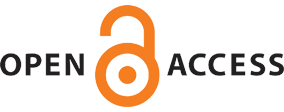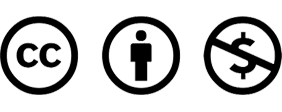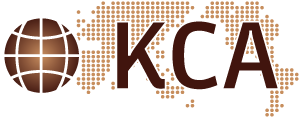Research Article
Abstract
References
Information
The continuous low birth rates in South Korea led to a decline in infant and pediatric medical infrastructure and personnel. As a result, there is temporal imbalances due to gap in medical infrastructure, except during weekdays daytime. Since the demand of ‘After-hours care(AHC)’ exists continuously, it is necessary to accurately measure spatial accessibility to healthcare services during weekdays daytime, nighttime, and weekends to provide proper services. In this study, using 2SFCA(Two-Step Floating Catchment Area), we explore spatial accessibility to infant and pediatric medical infrastructure during weekdays daytime, nighttime, and weekends in Seoul. Additionally, we consider that there is a difference in spatial accessibility depending on transportation modes(walking and drive). The results show that accessibility during nights and weekends is significantly decrease compared to weekdays in both walking and driving, indicating the necessity of supplementing the provision of healthcare services. Furthermore, this study shows that spatial accessibility patterns differ depending on the mode of transportation, suggesting that healthcare service supplementation strategies should be adjusted accordingly.
한국의 지속적인 저출산 현상으로 영유아 및 소아 의료 시설과 인력이 감소하고 있다. 특히 평일 주간을 제외한 시간대에서는 의료 인프라의 공백으로 시간적 불균형이 발생한다. ‘시간 외 의료 서비스’에 대한 수요는 지속적으로 발생하기 때문에 적절한 서비스 제공을 위해 야간 및 주말의 의료 접근성에 대한 정확한 측정이 필요하다. 이에 본 연구는 two-Step Floating Catchment Area(이하 2SFCA) 방법을 활용하여 평일 주간, 평일 야간, 주말의 영유아 및 소아 의료 인프라에 대한 공간적 접근성을 탐색하였다. 또, 이동 수단(도보, 차량)에 따라 공간적 접근성에 차이가 발생함을 확인하고자 하였다. 그 결과 도보와 차량을 이용하는 경우 모두 평일 야간과 주말의 접근성이 크게 감소하여 야간과 주말의 의료 인프라 제공 보완의 필요성을 확인하였다. 또한 이동 수단에 따라 공간적 접근성의 분포가 다른 양상을 보이므로 의료 서비스 보완 대책에 차이를 두어야 함을 보여준다.
- 강전영・박진우, 2021, “코로나-19 상설선별진료소 및 임시선별검사소의 공간적 접근성 분석-서울시를 사례로,” 대한지리학회지, 56(2), 231-244.
- 김규식・장요한・권규상, 2023, “급성심장정지 발생률을 고려한 응급의료서비스의 공간적 접근성 측정-청주시를 사례로,” 대한지리학회지, 58(5), 471-487.
- 김미진, 2016, “소아환자를 위한 비응급실 시간외 의료서비스 모델,” 대한소아응급의학회지, 3(1), 1-8.
- 김미진・곽영호, 2017, “주요 국가의 시간외 의료서비스 모델,” 대한소아응급의학회지, 4(2), 38-45. https://doi.org/10.22470/pemj.2017.0016410.22470/pemj.2017.00164
- 김수빈・이승연・김민주・이창규・강전영, 2024, “에이전트 기반 모델링을 활용한 소아・청소년 의료 서비스 취약지 분석-서울 서남권 4개 자치구를 대상으로,” 대한지리학회지, 59(2), 196-209.
- 김정우・강범준, 2024, “서울시 15 분 근린생활권의 실증과 지역생활권 경계 비교-개인통행실태조사 데이터와 커뮤니티 탐지 알고리즘의 활용,” 대한건축학회논문집, 40(6), 119-130.
- 김종근・홍인표・이종찬・김춘배・이원재・고은비, 2014, “공공보건의료인력의 공간적 분포 특성 분석,” 국토계획, 49(8), 161-174.
- 김하나, 2014, “공공보건의료시설의 공간적 접근성 측정을 통한 의료 접근성에 대한 연구,” 서울대학교 대학원 석사학위 논문.
- 김형준, 2023, “15분 도시의 개념과 적용에 관한 연구, 한국산학기슬학회,” 24(6), 134-139.10.5762/KAIS.2023.24.6.134
- 김흥순・정다운, 2010, “서울시 의료시설의 공간적 분포특성에 관한 연구,” 도시행정학보, 23(1), 27-45.
- 김희년・이나경・강희정, 2023, 「소아 필수의료대책 구체화를 주요 과제 도출 및 대안 탐색,” 한국보건사회연구원」.
- 보건복지부, 2023a, 「소아의료 보완대책 -지역 소아의료전달체게 확립 중심-」.
- 보건복지부, 2023b, 「소아의료체계 개선대책」.
- 서울시 교통정보시스템, 2024, 「2023년 서울시 차량속도보고서」.
- 서울특별시, 2023, 「2040 서울도시기본계획」.
- 서위연・이금숙, 2007, “진료전문과목별 개원의원의 공간적 분포특성,” 한국경제지리학회지, 10(2), 153-166.10.23841/egsk.2007.10.2.153
- 안재성・김이배・박미라, 2014, “2SFCA 기반 공간적 접근성의 변화 특성에 관한 연구 : 구미시 노인복지시설을 중심으로,” 한국지리정보학회지, 17(4), 112-128.10.11108/kagis.2014.17.4.112
- 안재성・최진무・이지수, 2022, “실시간 교통상황에 따른 고령인구의 119구급서비스 공간적 접근성의 시간적 변화 분석 - 대구시를 사례로 -,” 대한지리학회지, 57(3), 285-296.
- 이소민・이명훈, 2021, “생애주기별 사회적 약자의 보행환경 만족도 영향요인 연구-근린생활권에서의 보행친화도와 보행네트워크를 중심으로,” 한국도시설계학회지 도시설계, 22(4), 17-34.10.38195/judik.2021.08.22.4.17
- 이용재, 2008, “지역간 건강보험이용의 형평성 분석,” 한국사회정책, 15(1), 5-38.10.17000/kspr.15.1.200807.5
- 이해빈・김충호, 2023, “보행 네트워크 분석에 따른 서울 n 분 도시 현황 및 특성 연구-지역생활서비스시설의 연령대별 공급과 수요를 중심으로,” 한국도시설계학회지 도시설계, 24(5), 51-70.10.38195/judik.2023.10.24.5.51
- 정난주・강전영, 2024, “2SFCA를 활용한 노인과 소아청소년에 대한 병원 접근성 분석: 강원도 춘천시를 사례로,” 지적과 국토정보, 54(1), 49-61.
- 정성은, 2008, “성인과 비교한 어린이 손상의 특징,” 대한의사협회지, 51(3), 214-218.
- Boeing, G., 2017, OSMnx: New methods for acquiring, constructing, analyzing, and visualizing complex street networks, Computers, environment and urban systems, 65, 126-139. https://doi.org/10.1016/j.compenvurbsys.2017.05.00410.1016/j.compenvurbsys.2017.05.004
- Dijkstra, E., 1959, A note on two problems in connexion with graphs, Numerische Mathematik, 1(1), 269-271. https://doi.org/10.1007/BF0138639010.1007/BF01386390
- Dinno, A., 2015, Nonparametric pairwise multiple comparisons in independent groups using Dunn’s test, The Stata Journal, 15(1), 292-300. https://doi.org/10.1177/1536867X150150011710.1177/1536867X1501500117
- Dony, C.C., Delmelle, E.M., and Delmelle, E.C., 2015, Re-conceptualizing accessibility to parks in multi-modal cities: A Variable-width Floating Catchment Area (VFCA) method, Landscape and Urban Planning, 143, 90-99. https://doi.org/10.1016/j.landurbplan.2015.06.01110.1016/j.landurbplan.2015.06.011
- Guagliardo M.F., 2024, Spatial accessibility of primary care: Concepts, methods and challenges, International Journal of Health Geographics 3, 3. https://doi.org/10.1186/1476-072X-3-310.1186/1476-072X-3-314987337PMC394340
- Kang, J.Y., Farkhad, B.F., Chan, M.P.S., Michels, A., Albarracin, D., and Wang, S., 2022, Spatial accessibility to HIV testing, treatment, and prevention services in Illinois and Chicago, USA, PLoS One, 17(7), e0270404. https://doi.org/10.1371/journal.pone.027040410.1371/journal.pone.027040435895722PMC9328561
- Kang, J.Y., Jung, J., and Kim, K., 2023, COVID-19 Vaccine Rollout Plans Should Consider Spatial Distribution of Age-Specific Population, The Professional Geographer, 75(6), 1034-1044. https://doi.org/10.1080/00330124.2023.221585110.1080/00330124.2023.2215851
- Kang, J.Y., Michels, A., Lyu, F., Wang, S., Agbodo, N., Freeman, V.L., and Wang, S., 2020, Rapidly measuring spatial accessibility of COVID-19 healthcare resources: A case study of Illinois, USA, International journal of health geographics, 19, 1-17. https://doi.org/10.1186/s12942-020-00229-x10.1186/s12942-020-00229-x32928236/span>PMC7487451
- Kang, J.Y., Wong, S., Park, J., Lee, J., and Aldstadt, J., 2023, Exploring spatial mismatch between primary care and older populations in an aging country: A case study of South Korea, ISPRS International Journal of Geo-Information, 12(7), 255. https://doi.org/10.3390/ijgi1207025510.3390/ijgi12070255
- Kaur, J., Singh, J., Sehra, S.S., and Rai, H.S., 2017, Systematic Literature Review of Data Quality Within OpenStreetMap, International Conference on Next Generation Computing and Information Systems (ICNGCIS), Jammu, India 2017, 177-182. doi: 10.1109/ICNGCIS.2017.3510.1109/ICNGCIS.2017.3529208277
- Kruskal, W.H. and Wallis, W.A., 1952, Use of ranks in one-criterion variance analysis, Journal of the American statistical Association, 47(260), 583-621. https://doi.org/10.2307/228077910.2307/2280779
- Luo, W. and Wang, F., 2003, Measures of spatial accessibility to health care in a GIS environment: synthesis and a case study in the Chicago region, Environment and planning B: planning and design, 30(6), 865-884. doi: 10.1068/b29120, PMID: 34188345; PMCID: PMC823813510.1068/b2912034188345/span>PMC8238135
- Michels, A.C., Park, J., Kang, J.Y., and Wang, S., 2024, SPASTC: A Spatial Partitioning Algorithm for Scalable Travel-time Computation, International Journal of Geographical Information Science, 38(5), 803–824. https://doi.org/10.1080/13658816.2024.232644510.1080/13658816.2024.2326445
- Ostertagova, E., Ostertag, O., and Kovac, J., 2014, Methodology and application of the Kruskal-Wallis test, Applied mechanics and materials, 611, 115-120. https://doi.org/10.4028/www.scientific.net/AMM.611.11510.4028/www.scientific.net/AMM.611.115
- Park, J., Michels, A., Lyu, F., Han, S.Y., and Wang, S., 2023, Daily changes in spatial accessibility to ICU beds and their relationship with the case-fatality ratio of COVID-19 in the state of Texas, USA, Applied Geography, 154, 102929. https://doi.org/10.1016/j.apgeog.2023.102929PMC823813510.1016/j.apgeog.2023.10292936960405/span>PMC10011039
- Ståhle, L. and Wold, S., 1989, Analysis of variance (ANOVA), Chemometrics and intelligent laboratory systems, 6(4), 259-272. https://doi.org/10.1016/0169-7439(89)80095-410.1016/0169-7439(89)80095-4
- Wang, F., 2012, Measurement, optimization, and impact of health care accessibility: A methodological review, Annals of the Association of American Geographers, 102(5), 1104-1112. doi: 10.1080/00045608.2012.65714610.1080/00045608.2012.65714623335813/span>PMC3547595
- Yang, D.H., Goerge, R., and Mullner, R., 2006, Comparing GIS-Based Methods of Measuring Spatial Accessibility to Health Services, Journal of Medical Systems, 30, 23-32. https://doi.org/10.1007/s10916-006-7400-510.1007/s10916-006-7400-516548411
- 보건의료빅데이터개방포털, 2023, https://opendata.hira.or.kr/op/opc/selectOpenData.do?sno=11925&publDataTpCd=&searchCnd=ttl&searchWrd=%EC%A0%84%EA%B5%AD&pageIndex=1
- 서울 열린데이터광장, 2023, https://data.seoul.go.kr/dataVisual/seoul/seoulLivingPopulation.do
- 서울특별시, 2024, “야간, 휴일에도 진료하는 병원을 찾고 있다면? 우리아이 안심 의료기관을 이용해 보세요”, https://news.seoul.go.kr/welfare/archives/557457
- 중앙일보, 2023년 1월 10일, ““문 열기 1시간 전 대기 20명”…새벽부터 ‘오픈런’하는 소아과”, https://www.joongang.co.kr/article/25132607
- MBN뉴스, 2024년 1월 4일, “한밤중까지 이어지는 소아과 대란…더 고달픈 맞벌이 부모”, https://m.mbn.co.kr/tv/552/2636/1347601
- Publisher :The Korean Cartographic Association
- Publisher(Ko) :한국지도학회
- Journal Title :Journal of the Korean Cartographic Association
- Journal Title(Ko) :한국지도학회지
- Volume : 24
- No :3
- Pages :61~73
- DOI :https://doi.org/10.16879/jkca.2024.24.3.061
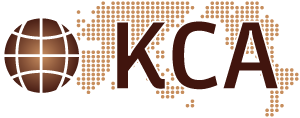


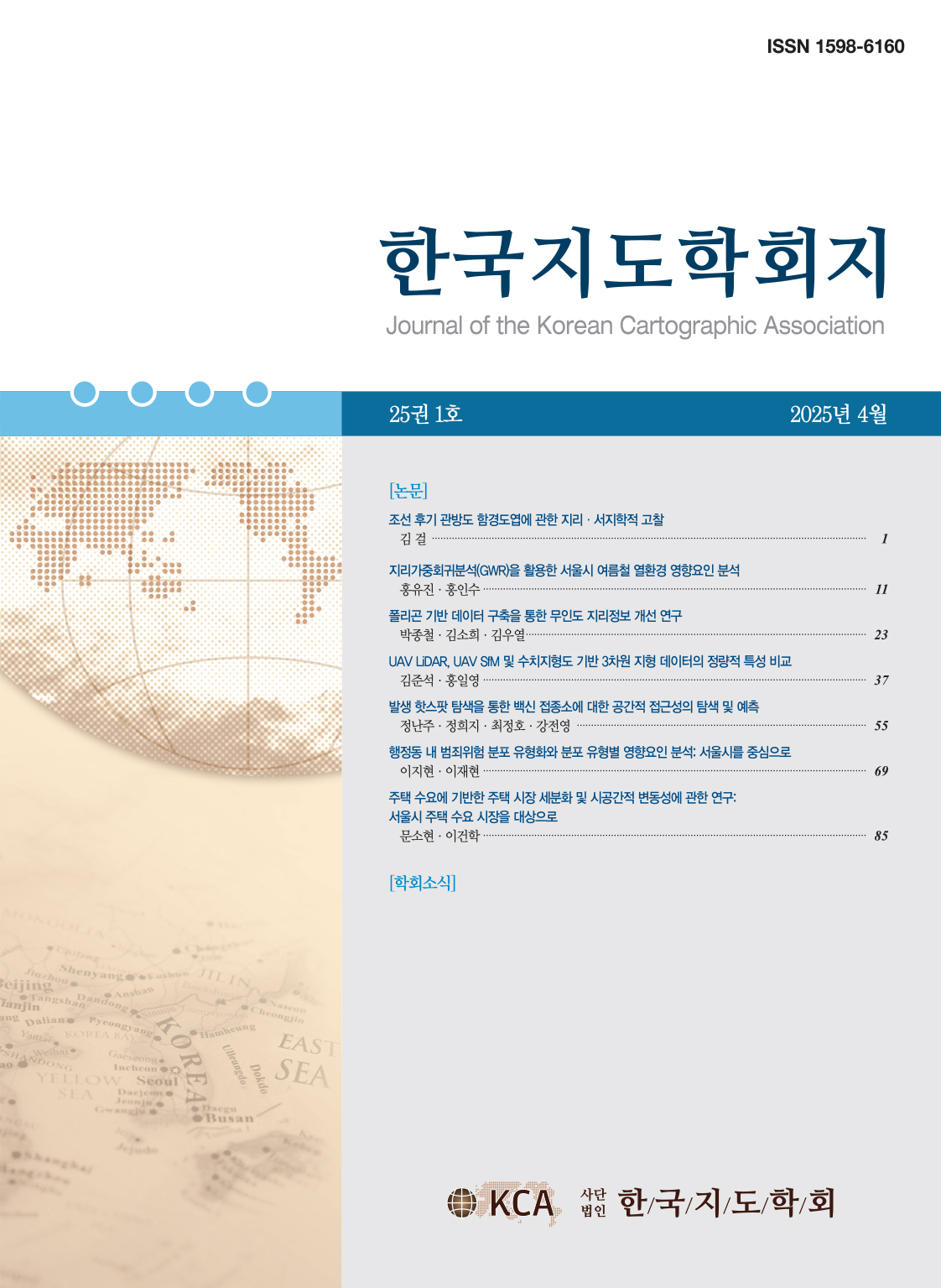 Journal of the Korean Cartographic Association
Journal of the Korean Cartographic Association



